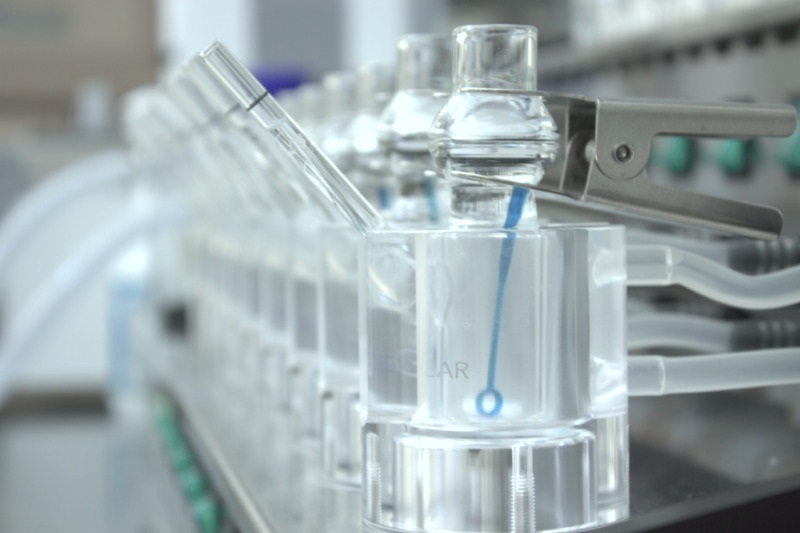Semi-solid drug products, ranging from creams and gels to ointments and lotions, have carved a niche for themselves in the pharmaceutical landscape. While their therapeutic benefits are manifold, ensuring their quality, safety, and efficacy is of utmost importance. This underscores the significance of rigorous testing protocols. Let’s embark on a journey to understand the intricacies of testing semi-solid drug products.
The Importance of Testing
At the core of every medical product lies a commitment: to improve or maintain health. For semi-solids, this commitment is fulfilled when each batch is consistent in quality, possesses the desired therapeutic effect, and is free from harmful contaminants. Testing ensures these criteria are consistently met.
Key Steps in Semi-Solid Product Testing
- Assay of Active Ingredients: The therapeutic effect of any product hinges on its active ingredients. Through advanced analytical methods, the concentration of these ingredients is determined to ensure it aligns with what’s stated on the label.
- Physical and Chemical Tests: These assess the product’s appearance, pH, viscosity, and other attributes that influence user experience and stability.
- Microbial Testing: Given that semi-solids are applied directly to the skin, ensuring they are free from harmful microbes is crucial. Tests like the Microbial Limit Test give insights into the product’s microbial quality.
- Stability Studies: Over time, drug products may degrade or change in consistency. Stability studies predict the product’s shelf life and help establish storage conditions.
- Compatibility Tests: It’s vital that the drug doesn’t react undesirably with its packaging. Compatibility tests ensure the container doesn’t compromise the product’s quality.
Challenges in Semi-Solid Testing
- Heterogeneity: Unlike liquids, semi-solids might not always be uniform. Ensuring that every sample drawn from a batch is representative can be a challenge.
- Sensitive Actives: Some active ingredients can degrade rapidly or are sensitive to light and air. Testing these products requires extra care.
- Complex Formulations: With advancements in drug delivery, many modern semi-solids have complex multi-component systems, which can make testing more intricate.
The Role of Innovation
Modern labs, such as those at Dow Development Laboratories, employ state-of-the-art equipment and methodologies. Techniques like High-Performance Liquid Chromatography (HPLC) and Light Microscopy have revolutionized the accuracy and speed of testing.
Regulatory Oversight
Testing isn’t just a best practice; it’s often mandated by regulatory bodies like the FDA. Adherence to guidelines like Current Good Manufacturing Practices (cGMP) ensures that products hitting the market meet stringent standards of quality and safety.
Looking Ahead: The Future of Testing
The realm of semi-solid drug product testing is continually evolving:
- Advanced Analytical Techniques: The future promises even more sophisticated tools that can deliver quicker and more accurate results.
- Sustainability in Testing: Just as manufacturing is embracing green practices, testing too will likely see a shift towards eco-friendly methodologies.
- AI and Automation: Automation, driven by artificial intelligence, can make testing faster and reduce human errors, ensuring even higher consistency.
To sum up, while semi-solid drug products offer immense therapeutic potential, rigorous testing is the key to unlocking their benefits safely and effectively. As science and technology progress, testing paradigms will continue to elevate, ensuring that these products continue to serve humanity better with each passing day.

